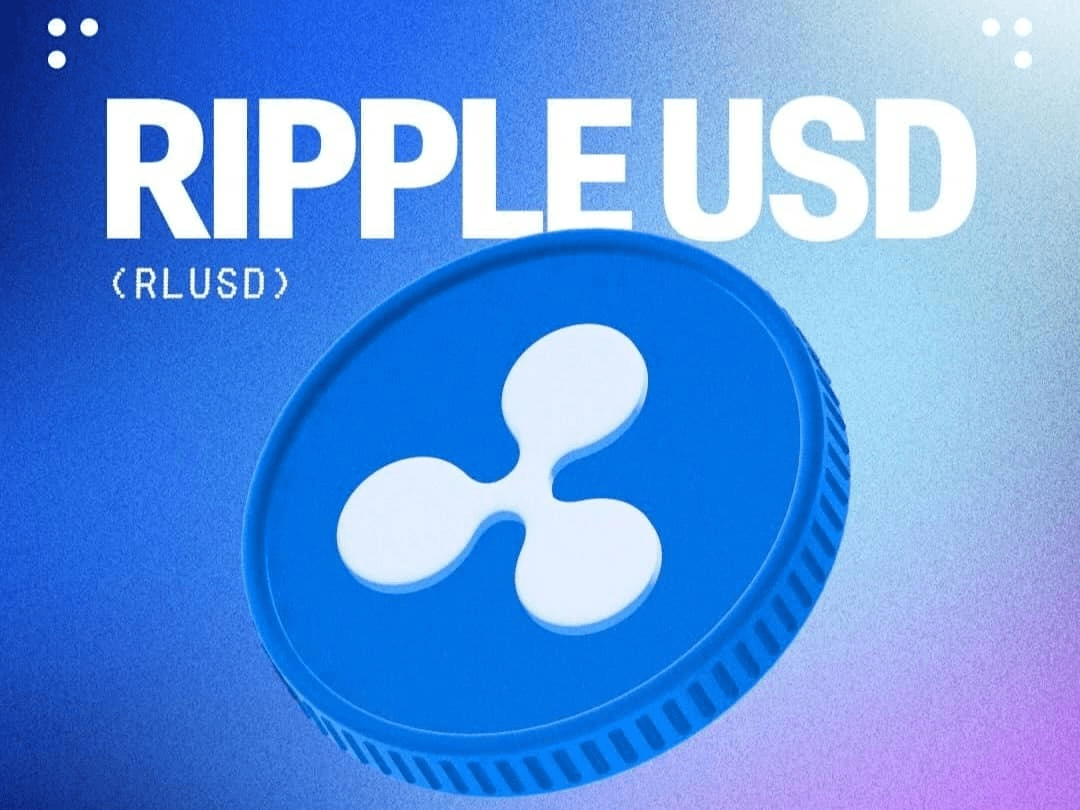Amidst the noise and misunderstanding, $XRP once again stands at the turning point of the times.
On July 17, 2025, the U.S. House of Representatives passed the GENIUS Act (Guaranteed Electronic National Infrastructure for Ubiquitous Stability Act) with an overwhelming result of 308 votes in favor and 122 votes against. The act was approved by the Senate on June 17 and is now awaiting President Trump's signature to take effect. This legislation establishes a federal-level regulatory framework for 'payment stablecoins', marking not only a watershed moment for compliant crypto payments but also opening up value channels for the @Ripple Network ecosystem and $XRP .
Yet many people are still unaware: $XRP is on the eve of being severely undervalued by the market.
First, the GENIUS Act: The institutional starting point for crypto dollarization.
The core content of the GENIUS Act is the comprehensive regulation of 'payment stablecoins', and its main provisions include:
1:1 reserve backing: Stablecoins must be fully backed by cash and short-term government bonds; federal licensing system: Only issuers licensed by the OCC or Treasury are allowed to operate legally; transparent auditing: Stablecoins must undergo regular audits, and reserve conditions must be publicly disclosed.
Custody requirements: Reserve assets must be managed by licensed custodians (such as BNY Mellon).
Bankruptcy priority: User assets enjoy priority repayment status during clearing.
Prohibition of interest payments: Stablecoins must not generate interest to prevent them from acting as a bank substitute.
More critically, the act grants the Treasury and OCC regulatory dominance, rather than the SEC, meaning that many crypto assets (such as XRP) that have been controversial in terms of 'securities designation' will enter a clearer compliance channel.
After a three-year transition period, U.S. trading platforms will only allow stablecoins that meet GENIUS standards to be listed. This policy change redefines the entire crypto financial payment system.
Second, Ripple actively advances: $RLUSD enters the stablecoin arena.
@Ripple Network has obviously anticipated the situation and completed the strategic transformation in advance:
$RLUSD (Ripple USD): A stablecoin developed by Ripple, initially deployed on XRP Ledger and Ethereum, supporting cross-chain circulation.
Compliant custody structure: Reserve assets will be held by licensed financial institutions such as BNY Mellon.
Regulatory pre-adaptation: Its structure perfectly aligns with the GENIUS Act, allowing for priority in obtaining federal compliance licenses.
In the process of applying for a federal license: Ripple has applied for compliance qualifications with the OCC and is expected to be among the first batch of 'regulated stablecoin issuers'.
This is not just an action of 'issuing stablecoins', but Ripple officially jumps to become a part of the digital payment infrastructure of the US dollar. It is no longer just a 'cross-border remittance company' but a key node in constructing the digital layer of the dollar network.
Third, $XRP: The value of the bridging asset is being reassessed.
Although the GENIUS Act is centered on stablecoins, it indirectly opens up space for the value reassessment of XRP:
Regulatory leading weight shift: The SEC is marginalized in this act, and the legal disputes with the SEC that have spanned years are further diminished.
Natural bridging role: XRP is designed for inter-chain clearing and liquidity exchange, perfectly facilitating the value transfer between $RLUSD, $USDC, and CBDCs.
Clearing channels in the compliant ecosystem: XRP does not need to become a 'stablecoin' itself; it is a neutral settlement layer connecting multiple stablecoins and cross-chain assets.
Ripple CEO @bgarlinghouse pointed out: "Our goal has never been to replace the US dollar, but to enable the US dollar to flow more efficiently on the chain." This is precisely the role of XRP: to serve as middleware and bridging protocol layer for compliant US dollar payment networks.
Fourth, market reaction: Price trends release institutional expectations.
Capital reaction has never been late:
From July 9 to July 17, 2025, the price of XRP rose from $2.29 to $3.48, an increase of over 51%, setting a new high for the year.
This period coincides with the advancement of the GENIUS Act to Congress approval and awaiting presidential signature, and the market's expectations for 'institutional dividends' have been priced in advance.
On-chain data synchronization enhancement: The number of wallets, transaction counts, and holding users continue to grow, indicating the entry of non-speculative capital.
This is not a short-term speculation, but a value upgrade driven by the combination of regulatory implementation + technical adaptation + market perception adjustment.
Fifth, the true value channel of XRP has just begun to open.
XRP has long been misunderstood: It is neither a popular DeFi nor a high-performance Solana-type public chain, nor is it a stablecoin itself. But it has always been doing one thing: building the underlying protocol layer that 'can flow US dollars' in the on-chain financial system.
After the implementation of the GENIUS Act, compliance becomes the core standard for crypto payments, and Ripple is currently one of the few participants that have truly entered the institutional framework. XRP is the most liquid and cross-chain compatible asset within its ecosystem.
The market is still trapped in short-term thinking of 'too much increase with no result', overlooking the essential transition: XRP has evolved from a controversial role in the gray area to becoming the value center and clearing highway in the future digital dollar system.



